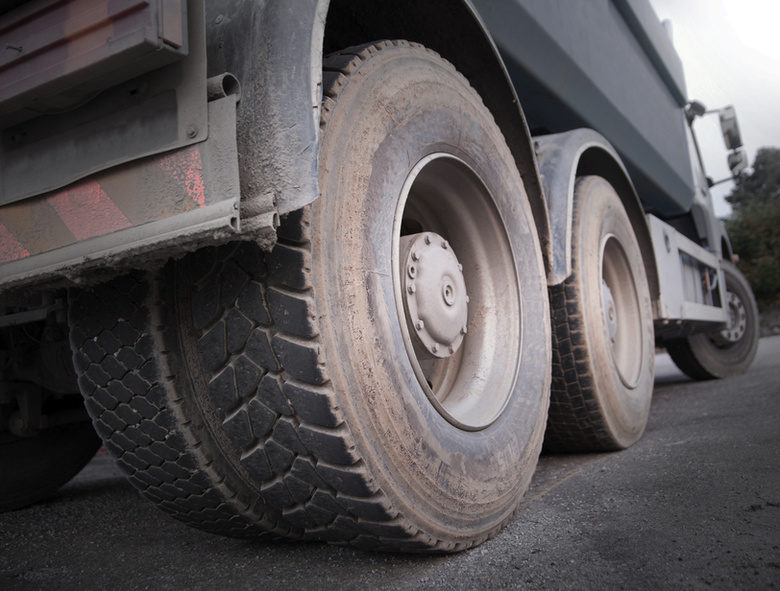Among the leading causes of CSA violations nationwide and a Top 3 annual expense for virtually every truck on the road, tires command a lot of attention, maintenance and dollars.
While proper inflation is the single most important thing you can do to maximize the safe wear of your tires, balancing – a far more uncommon and often controversial practice – can set your truck up for savings and increased efficiency before a new set of tires ever touches the highway.
Methods of commercial tire balancing vary, as do the opinions of whether or not it’s necessary and on which axles balancing is most effective. But one thing is certain; the idea that it is time consuming is a deciding factor in why many fleets opt to omit balancing from their maintenance routines.
“The main reason that tire balancing isn’t common in heavy trucks is the perception of time required,” says Derek A. Forney, associate product manager for IMI Products. “With the added factor of recommended re-balancing every 20,000 miles, using wheel weights isn’t practically feasible for balancing some or all wheel positions.”
Forney says spin balancing upwards of 18 tires with wheel weights can add 10 to 15 minutes per tire on installation.
Ken Eggen, fleet services manager for Lone Star Truck Group, says he’s seen data that supports tire balancing and believes in the practice. However, the intensive man-hour investment was exactly what kept him from mandating the balancing of anything other than steer tires.
“When I ran 1,000 trucks in a fleet, it’s just tough to take the time,” he says.
Like Eggen, many fleets have saved time by honing balancing efforts on steer tires, where vibration in the steering wheel can wear on drivers.
“However,” Forney adds, “the greater fatigue often comes from the shake delivered from imbalance in drive tire positions, which directly transfers to the cab of a truck.”
Cal-Maine Foods, Inc.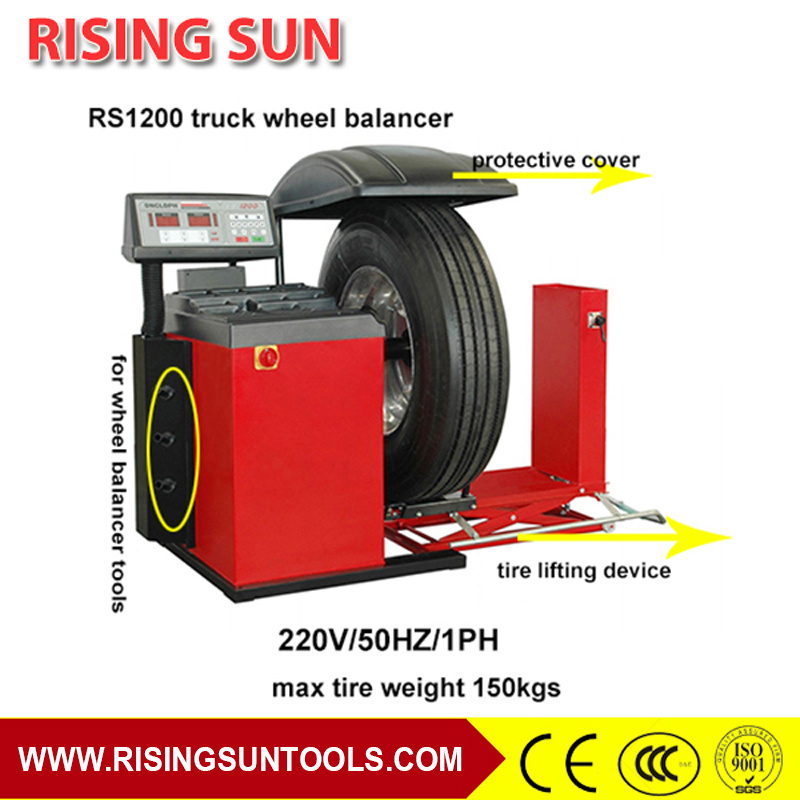 , the largest distributor of eggs in the U.S., is in the process of outfitting its Lake Worth, Fla.-based fleet of egg trucks with Centramatic balancing systems, having already installed them on upwards of 30 trucks.
, the largest distributor of eggs in the U.S., is in the process of outfitting its Lake Worth, Fla.-based fleet of egg trucks with Centramatic balancing systems, having already installed them on upwards of 30 trucks.
Woody Weltzbarker, who serves as the company’s fleet maintenance manager from the Florida location, says ride improvement has been just one of the benefits of balancing all the axles on the truck and trailer.
“The ride is a lot smoother. It really is a world of difference,” Weltzbarker says. “But the other major benefit that I’ve seen with balancing that is that identifies other problems on the truck and on the trailer, such as U-joints that are going bad. The driver is able to identify other problems when it’s not ‘driving like a truck.’”
Mike Manges, Manager of Goodyear’s commercial and off-highway tire communications, adds imbalances also can contribute to sub-optimal steer tire performance.
All rotating parts in the truck are factory balanced to prevent damage, Forney says, except for tire and wheel assemblies. Left unchecked, fleets are not reaping the residual maintenance benefits that balancing can provide.
Left unchecked, fleets are not reaping the residual maintenance benefits that balancing can provide.
“Balancing wheel assemblies reduces the damage vibration causes on lights, bearings, U-joints, and other suspension parts,” he says, “resulting in reduced down time and lower maintenance costs.”
“When you eliminate controllable vibrations all day everyday,” says Bob Jessee, regional account manager for Centramatic, “all parts that are vulnerable to vibrations, including but not limited to bearings, tie rod ends, ball joints, king pins, on board computers/electronics and gauges… will last longer.”
While balancing a tire and wheel is a common – even expected – practice for passenger and light truck tires, the process is not the same for commercial truck tires or by fleets.
Delvin Webb, U.S. customer engineering support manager for Michelin Truck Tires, says the engineering behind tire design and the materials and compounds which make up commercial truck tires has come a long way over the years, as has the use of aluminum wheels which has changed the dynamic of the tire and wheel assembly.
“In most instances, commercial truck tires do not need to be balanced,” he says.
Webb says it is customary to check tire and wheel assembly balance if the driver makes a ride complaint. While the driver usually experiences vibrations through the steering column or the seat, it is often difficult to determine where the actual issue originates.
“Michelin recommends that before removing the tire and wheel assembly from the vehicle, the radial and lateral runout be checked by a professional technician,” he adds. “Bent wheels, improper mounting, or flat spotting can cause excessive runout. If balance is still required, a simple static balance with bubble balancer or a wall mounted axle bearing and hub type gravity balancer should be sufficient.”
“Today, many fleets do not balance the tires,” Webb says. “With tighter uniformity standards in manufacturing, tires, wheels, hubs and drums do not need routine balancing.”
Jessee calls the idea of not balancing commercial truck tires a myth handed down from previous generations when most trucks had Dayton or spoke style wheels outfitted with bias ply tires.
“Back then it was believed to be a waste of time and resources to balance truck tires,” he says. “This is the generation that started the phrase ‘it rides like a truck.’ By the time the Budd wheel evolved, then radial tires for trucks became most common, the myth and the phrase had stuck.”
Jessee says “visible and controllable forces” that include misalignment; worn suspension parts; worn or incorrectly torqued bearings; incorrectly mounted tires; and incorrect air pressure cause premature tire wear. Imbalance, he adds, is an “invisible and also controllable force that is consequently ignored by many.”
“Credible data indicates if a fleet owner neutralizes all the visible forces above and ignores the invisible force – imbalance – he will be wearing out his tires prematurely at least 25 percent faster,” Jessee says, noting the opposite is also true. “If a fleet owner neutralizes the imbalance and ignores the visible forces above he will also be wearing out his tires prematurely.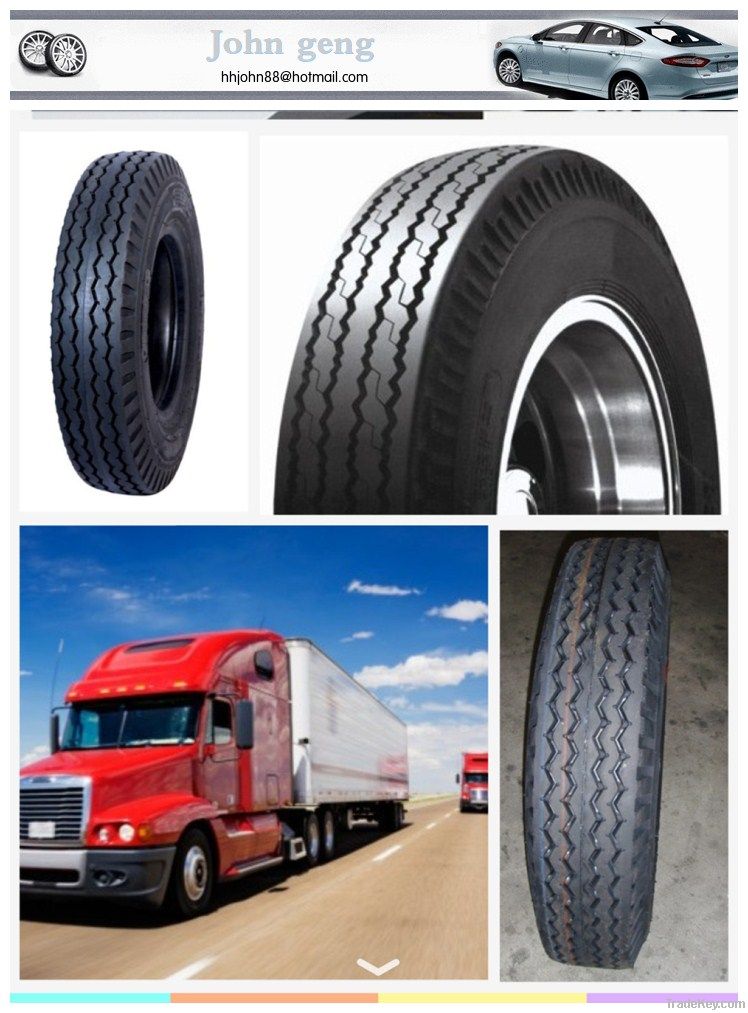 All the forces, visible and invisible, must be neutralized to get maximum life out of his tires.”
All the forces, visible and invisible, must be neutralized to get maximum life out of his tires.”
Today, the perception of balancing is changing as goals for lower operating costs take center stage, and Forney says fleets are increasingly looking at tire balancing to not only improve tire life, but also improve fuel efficiency by up to 2 percent.
“To do so, they are finding more time efficient methods or are spin balancing despite the time factor,” he says, adding before EQUAL was introduced 25 years ago, spin balancing with wheel weights was the only option.
Weltzbarker says he’s already seeing a tire life improvement of about 30 percent from balancing alone.
“Before, we were getting about 50,000 to 55,000 miles,” he says. “With balancing, we’re up to about 80,000 to 85,000.”
With the increased usage of less durable low rolling resistance tires, fleets have seen a reduction in tire mileage, but Forney says balancing can not only optimize the fuel efficiency of low rolling resistance tires, but also maintain normally expected tire life.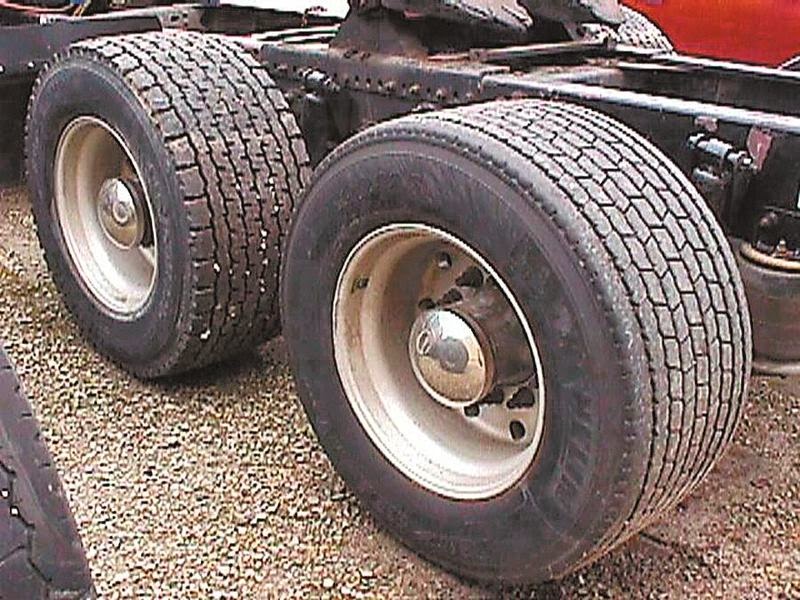
“When there aren’t perceived problems, fleets aren’t maximizing the value of the tires or fuel,” he says. “By increasing tire mileage by 25 percent or more, and increasing fuel economy by 2 percent, fleets can save $5,500 per truck per year.”
By not balancing a wheel end, a fleet can lose upwards of 20-25 percent of potential tire life, Forney adds.
“Tires are often pulled prematurely due to irregular tread wear,” he says.
For example, while one part of the tire has 6/32nds, another may have 3/32nds. The tire is then retreaded or removed from service. Forney says fleets typically see a 20 to 40 percent increase in tire mileage from balancing, adding a 2012 tire life study conducted by a large fleet documented 20 million miles and showed a 25 percent increase in tire mileage from balancing with EQUAL.
“With EQUAL FLEXX, tires wear evenly across the footprint, so the tire can stay on the truck longer and achieve the maximum tire mileage possible before it reaches its pull point,” Forney says. “This is comparable to an under-inflated tire, which may reduce tread life by 20 percent.”
“This is comparable to an under-inflated tire, which may reduce tread life by 20 percent.”
Forney says EQUAL FLEXX should be recommended for all wheel positions to maximize tire life and fuel savings.
“The steer position typically generates 18 percent of a trucks tire-related rolling resistance, while drive tires produce an additional 40 percent and the trailers make up the remaining resistance,” Forney says. “Not only are there significantly more tires that can benefit from improved wear behind the steer axle, but they also generate the great majority of the fuel savings opportunity.”
Based on current tire and fuel costs, Forney says the steer axle can provide $1,000 in savings while the drive and trailer axles offer $4,500 in savings.
Manges and Gary Schroeder, director of commercial vehicle and global OEM sales for Cooper Tire & Rubber Company, assigned to the Roadmaster brand, agree that Technology and Maintenance Council’s (TMC) Recommended Practices Manual is a good resource for balancing tires, but Schroeder notes it does not recommend a single approach.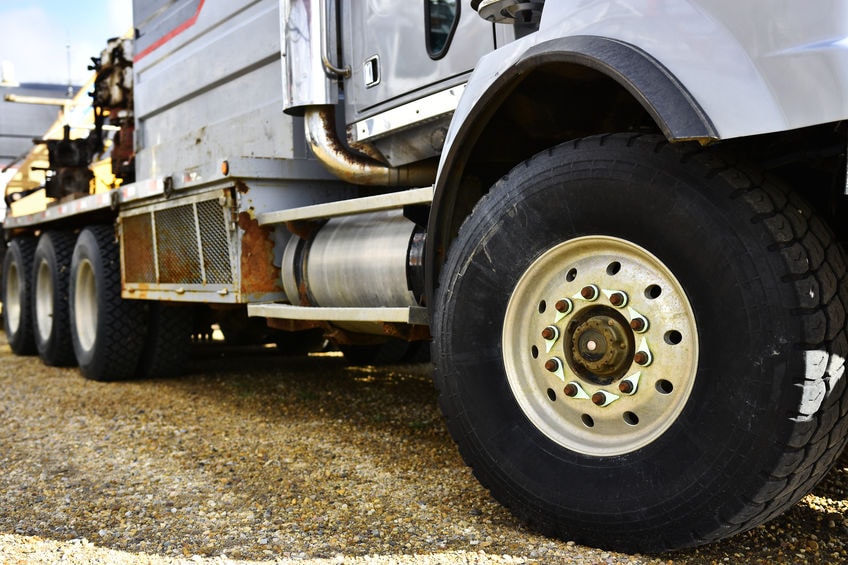
“The approach to balancing will vary based on the specific application the tires are being used for,” he says. “For instance, balancing steer tires for a regional waste haul truck will vary from balancing steer tires for a long-haul truck.”
Specifically, Schroeder and Manges say TMC RP 214D (Tire/Wheel End Balance and Runout) and RP 648 (Troubleshooting Ride Complaints) are valuable tools in making tire balancing decisions.
Eggen says his preference to balance was based on his understanding that a truck that just rolled off the assembly line wasn’t perfectly balanced and road ready.
“When a tire is mounted on a wheel, and the wheel assembly is mounted on a truck, it now has an out of balance – known as the heavy spot – which is different than the heavy spot of just the tire or wheel alone,” Forney adds, adding the drop-in product EQUAL FLEXX balances the entire wheel end by automatically shifting the necessary opposing force to offset the uneven weight, allowing the tire to roll evenly down the road.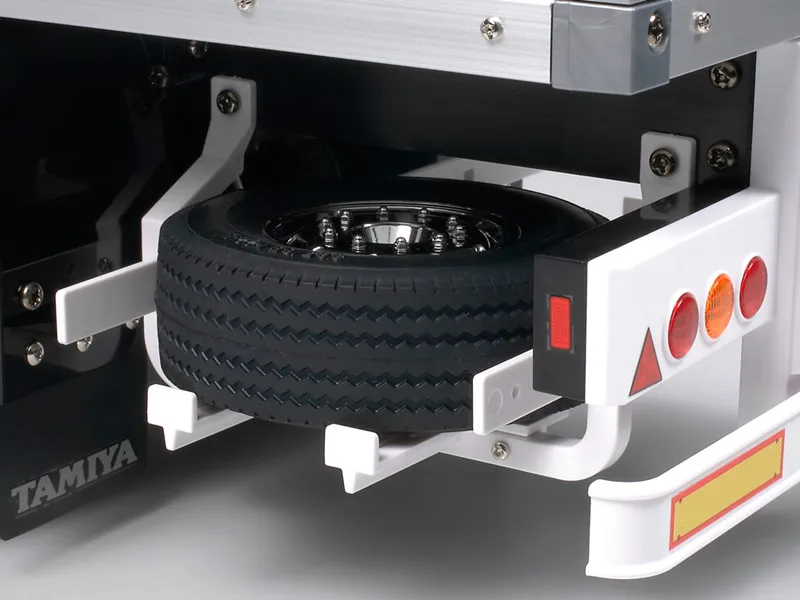
“A commercial truck tire will lose roughly 30 pounds of tread during its life. As the tread wears, stones are picked up in the tread or other factors change, EQUAL FLEXX will automatically adjust to the ongoing conditions,” he says. “This creates a continuously balanced wheel assembly and a more even tire footprint, leading to increased tire mileage.”
As a side effect, Forney says, EQUAL FLEXX also reduces vibrations through dampening.
“Left unchecked, vibrations cause tires to wear prematurely,” he adds. “EQUAL FLEXX provides 15 percent more vibration reduction than EQUAL and 60 percent more vibration reduction than wheel weights.”
The EQUAL FLEXX composition, Forney says, has been specifically designed to optimize vibration reduction and balance the tire and lasts for the life of the tire. Any time a tire is removed from the wheel, however, it should be replaced.
“Changes in the amount or ratio of EQUAL FLEXX during tire breakdown may diminish performance,” he adds.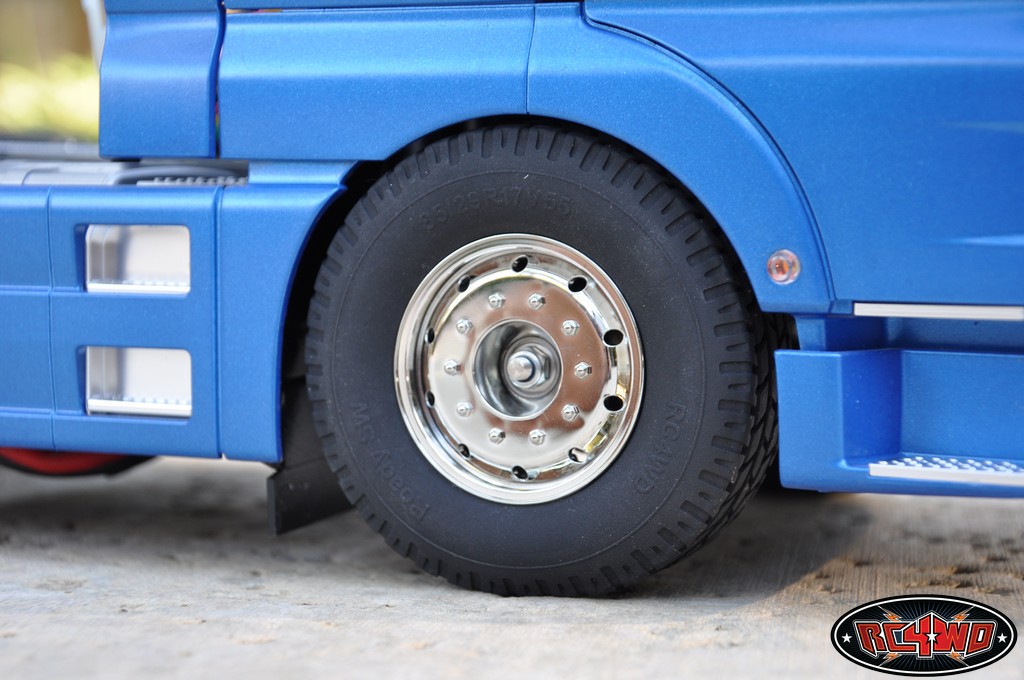
Centramatic is an onboard balancer that mounts on the hub before the wheel, which Jessee says not only balances the tire, but also balances the complete wheel assembly permanently and continuously.
Unlike drop-in solutions, Jessee says Centramatic is portable and can be removed and installed on another truck in the same application.
“Because you can reuse the product, I can retire a unit and put them on another unit as long as it’s in the same application. Basically, it’s once and done,” Weltzbarker says. “With spin balancing, you’re doing it every single time you change that tire. If you’re pulling the tire off, [Centramatic is] very easy to put on and off. If I spin balance, I’ve got to take the tire off and send to another location. I’m two or three days waiting on that.”
Can tire balancing compounds - often called "tire balancing beads" in industry parlance - truly extend usable tire life while providing fuel savings at the same time?
That’s what the engineers at IMI Products believe and they put the company’s new Equal Flexx "balancing compound" package – introduced earlier this year at the Technology & Maintenance Council (TMC) annual convention in Nashville, TN – to the test during a special demonstration event for reporters held at the firm’s new headquarters in Chambersburg, PA, this week.
Taking two almost identically spec’d rental Class 8 tractors – with even their maintenance records a near spot-on match – IMI put pouches of its Equal Flexx polymer and elastomeric compound in the steer and drive tires of one of the trucks while leaving the tires on the other untouched.
Special sensors mounted to the wheel hubs of the tractors also allowed IMI’s engineers to show how the Equal Flexx compound helps reduce vibration at the wheel end, creating a smoother ride for the driver while evening out tread wear – promoting longer tire life and fuel savings simultaneously, noted Bob Fogal Jr., the firm’s president and CEO.
“Over the course of a tire’s life, regardless of position, it’s going to lose rubber and wear unevenly. You’re looking at losing anywhere from 25 to 30 lbs. of rubber over a tire’s life due to wear,” Fogal (seen at right) told Fleet Owner.
“So the key is to get a better ‘footprint’ with that tire, because as it wears more, it becomes more fuel efficient due to lower rolling resistance,” he added. “Thus the reason balancing the tire becomes critical is that more even wear extends the life of that tire in its ‘sweet spot’ for fuel economy.”
“Thus the reason balancing the tire becomes critical is that more even wear extends the life of that tire in its ‘sweet spot’ for fuel economy.”
John Tak, IMI’s director of marketing and product development noted that the development of just the right kind of tire balancing compound in terms of shape and material composition "is a complex science" with "a lot of nuances" to account for.
Yet the extensive testing by IMI's research team – headed up by Steve Ludwig, the firm’s senior product development engineer and an aeronautical engineer by training - concluded that tire balancing compounds can improve the fuel efficiency of longevity of tires in all wheel positions on a tractor-trailer. IMI noted that lessening rolling resistance of tires is the main avenue for fuel savings, and showed that trailer tires are responsible for the largest portion of rolling resistance on a tractor-trailer:
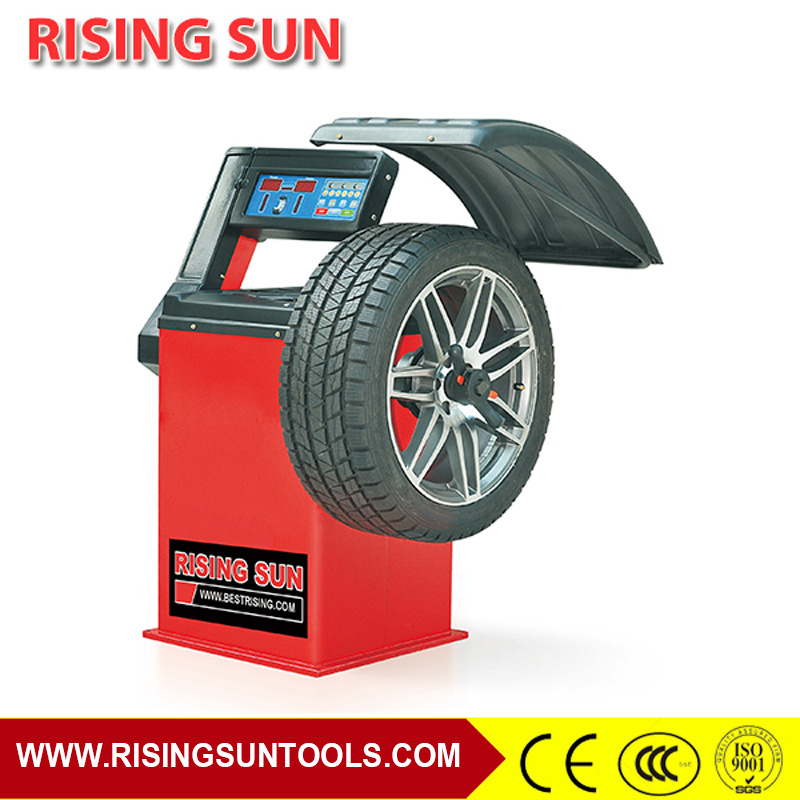 5 MPG and paying $2.50 per gallon for diesel;
5 MPG and paying $2.50 per gallon for diesel;Altogether, fleets can save $5,500 in fuel costs annually by using tire balancing compounds, IMI noted, when measured against the $450 total cost of adding Equal Flexx packages to all the tires on an 18-wheeler – a figure that derives from 25% more tire life and a 3% to 5% improvement in overall fuel economy due to lower rolling resistance, noted Derek Forney, IMI’s associate product manager.
Those kinds of numbers mean that fleets should experience a return on investment (ROI) of three months on average by using Equal Flexx, noted Fogal.
He added that one of the “best parts” about such balancing compounds is that they help tires adapt to their conditions, balancing them if stones are caught in the tread, or there’s a lot of mud or snow and ice on the road.
“It’s also a ‘one-and-done’ application,” Fogal pointed out, with the Equal Flexx pouch dropped in at tire installation, breaking open to release the compounds inside once installed. “That’s why it’s a cost effective solution.”
Mandatory wheel balancing on a trailer is required for vibration while driving Sometimes the shaking is felt if you increase the speed, other times the feeling is constant, although it is stabilized by the hitch. Sometimes the trailer body begins to vibrate when the wheel gets into a hole at an increased speed and the center of gravity of the disc shifts. Such a case requires an urgent unscheduled balance check.
It is imperative for every driver to balance the wheels on a light trailer, the suspension on which is very fragile. And it needs to be done on time. In addition, unbalanced wheels can lead to difficulties in driving a car.
The main element of car care is called balancing, which eliminates the weight heterogeneity that leads to imbalance. Keeping the car in order, do not forget about the trailer, especially if you have to move on broken roads.
Keeping the car in order, do not forget about the trailer, especially if you have to move on broken roads.
Reasons for the asymmetry of the rotating system (imbalance):
Do you need wheel balancing on a trailer
Wheel balancing on a trailer is extremely necessary, motorists themselves say this: “...otherwise the suspension will soon become unusable and wheel bearings will need to be replaced”; “the puncture of a bald tire is provided”; “If the trailer is on cheap rubber, the more it is required to balance the wheels.”
To ensure the stability and safety of the road train (machine + trailer) on the road, it is necessary to correctly distribute the mass of the wheels in relation to the central axis.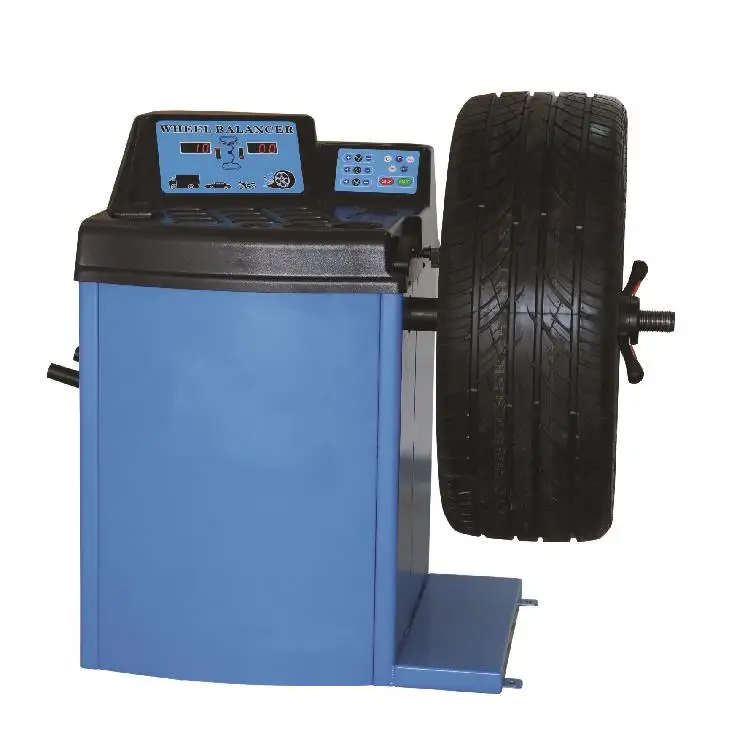 Due to the different thickness of the tires, the weight of the spool and the disc, uniform rotation is disturbed, accompanied by radial and end runout.
Due to the different thickness of the tires, the weight of the spool and the disc, uniform rotation is disturbed, accompanied by radial and end runout.
To eliminate these phenomena, you need to balance the wheels on a light trailer, and not just on a car. Proper tire fitting will be performed by the masters of the service station (SRT). Sometimes, if you can’t ask for help, you can do the procedure yourself in your own garage.
Mandatory wheel balancing on the trailer is required in case of vibration while driving. Sometimes the shaking is felt if you increase the speed, other times the feeling is constant, although it is stabilized by the hitch. Sometimes the trailer body begins to vibrate when the wheel gets into a hole at an increased speed and the center of gravity of the disc shifts. Such a case requires an urgent unscheduled balance check.
Is it necessary to balance the wheels on the trailer?
Increased, and uncharacteristic, tire wear is considered a sign of contacting a service station: the inner or outer side is erased more often, forming a “figure eight”.
Other cases of unavoidable tire fitting:
If tightened with a balancing procedure, it will no longer be possible to restore balance.
When it is necessary to balance the wheels on a car trailer, the procedure is carried out for each element separately.
With modern equipment, the foreman needs to remove the wheel, remove the disc, then install the wheel on the machine and follow the procedure.
Thoroughly clean the tread before checking. The master removes adhering dirt with stones and selects a plate corresponding to the disc holes. Fixes it in this place and with the help of the machine determines the place of the center of gravity. Having found the problem area, the specialist installs balancing weights, focusing on the type of disk. Next, the master checks the geometry and, if the imbalance is eliminated, installs the wheel back on the trailer.
Errors during the procedure that prevent proper balancing:
See also: Repair of electric steering racks, replacement of the motor and sensor
When it is necessary to balance the wheels on the trailer
In order not to return to correct mistakes, it is recommended to follow the work of the masters and check the final result.
When deciding whether to balance the wheels on a car trailer or not, car owners should understand that this is a regular and mandatory procedure. By balancing the wheels, personal safety is increased, and suspension components and tires last longer.
You can use our unique PHOTO when you specify an active link - https://avtoshark.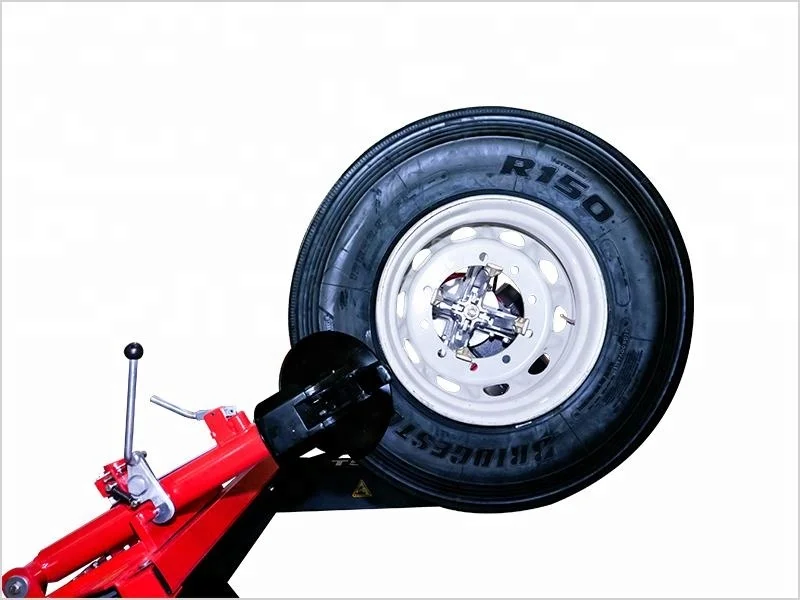 com/
com/
wheel balancing light trailer
0
Article content
Good day, dear blog readers! You probably know what wheel balancing is and understand that this is a necessary procedure. But do you understand its importance?
A car is a complex structure with various components and mechanisms; it is a kind of living organism. And if one mechanism starts to work unstably, it causes a malfunction of other systems, deterioration of the general condition and parameters of the machine. That is why it is so important to take such a moment as balancing seriously.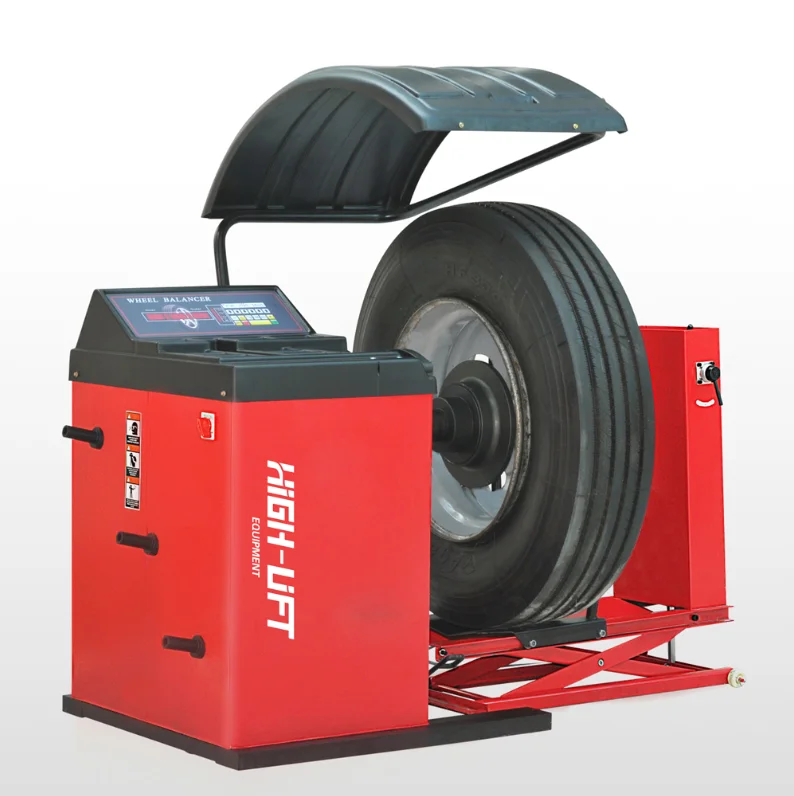
Balancing is needed in order to accurately distribute the mass of the wheel in relation to the axle. This procedure prevents vibration, premature wear of rubber and wheel bearing during the trip.
Many people ask why do balancing if the car behaves properly? And what happens if you don't balance? Imagine that you are driving a car at a speed of 100 km / h and on a fourteen inch disk you have an imbalance of approximately 20 grams. But the resulting load on the suspension is equivalent to hitting a three-kilogram hammer with a frequency of eight hundred times per minute. It's getting a little scary, isn't it?!
The result of this wear is the occurrence of "spin" of the tire, the movement becomes unsafe. The imbalance leads to the fact that centrifugal forces appear. With each meter of movement, the wheels arbitrarily begin to change direction in different directions, and not at the same time. Just think what will happen to your car? Absolutely, the steering will be difficult, and the end of such a trip can be sad.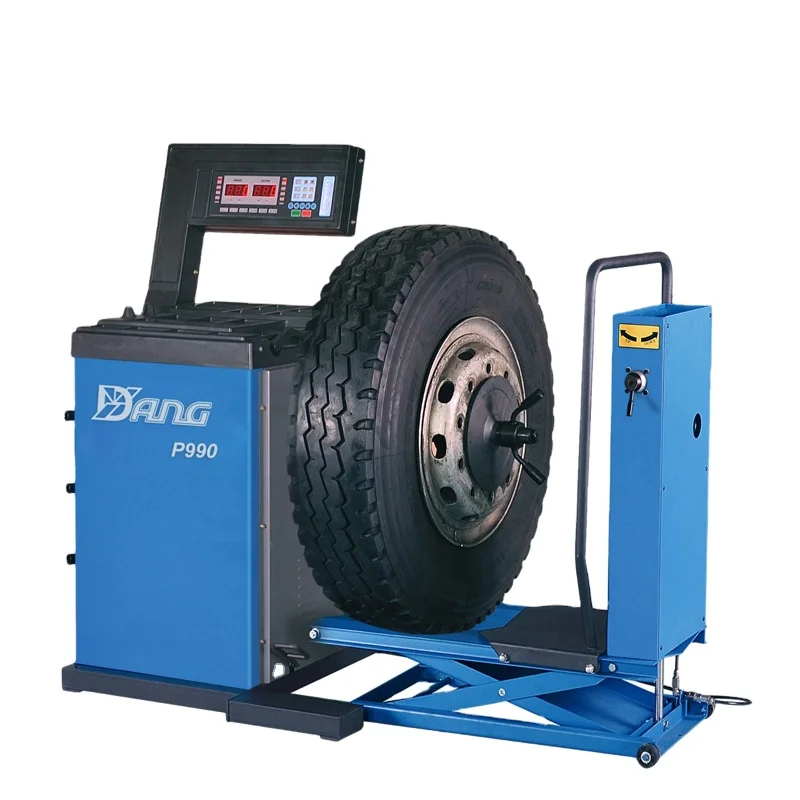
Due to imbalance, tire wear will increase significantly, traffic safety will decrease, suspension units will collapse, the steering wheel will begin to vibrate. I think these reasons are quite enough to timely perform wheel balancing.
Of course, among you there may be car owners who disagree and ask why balancing is needed, because they have been driving a car steadily for a long time and no accidents have occurred. Yes, it’s just that you are very lucky that you didn’t get into a traffic accident, because a car is, first of all, a device that carries an increased danger, why increase it even more?
You may be wondering if the rear wheels need to be balanced because they are involved in driving a car? Of course, it is needed, because the rear wheels are no less than the front ones subject to mechanical stress. And imbalance will cause the same consequences.
Think about how the front wheels will behave during a trip if the rear wheels are reflected in the opposite direction of the car? That's right, the front wheel will undergo "slip", and the front suspension will suffer from such a blow. Now imagine that such shocks occur at least eight hundred times a minute? I guess there is no point in explaining anything further.
Now imagine that such shocks occur at least eight hundred times a minute? I guess there is no point in explaining anything further.
Unbalance can occur for various reasons. So, for example, you could run into a hole, a hill or an obstacle at high speed, which led to mechanical deformation of the wheel. Also, an imbalance occurs due to poor quality, heterogeneity of the material, valve. In other words, if your wheel doesn't look like a perfect circle, the more often it will be out of balance.
Unbalance options:
 In simple words, the weight of the wheel with a dynamic imbalance is incorrectly distributed across the width.
In simple words, the weight of the wheel with a dynamic imbalance is incorrectly distributed across the width. Dynamic imbalance often occurs on wide profile tyres. But it is not uncommon for a disk to be affected simultaneously by two types of imbalance. But they are easy to eliminate if you use a balancing machine. The manufacturer of the equipment in this case is completely irrelevant. The quality of the repair will be affected not only by the qualifications of the specialist, but also by the condition of the working machine, the wheel alignment cone, that is, it is important to regularly maintain the equipment, carry out maintenance, calibration and verification.
In the case of racing cars, a final balance is carried out. How do experienced craftsmen do it? The car is suspended on a special stand, the wheel spins up to 90 km / h. With the help of a computer, all the necessary measurements are made and a place for installing the appropriate weight is determined.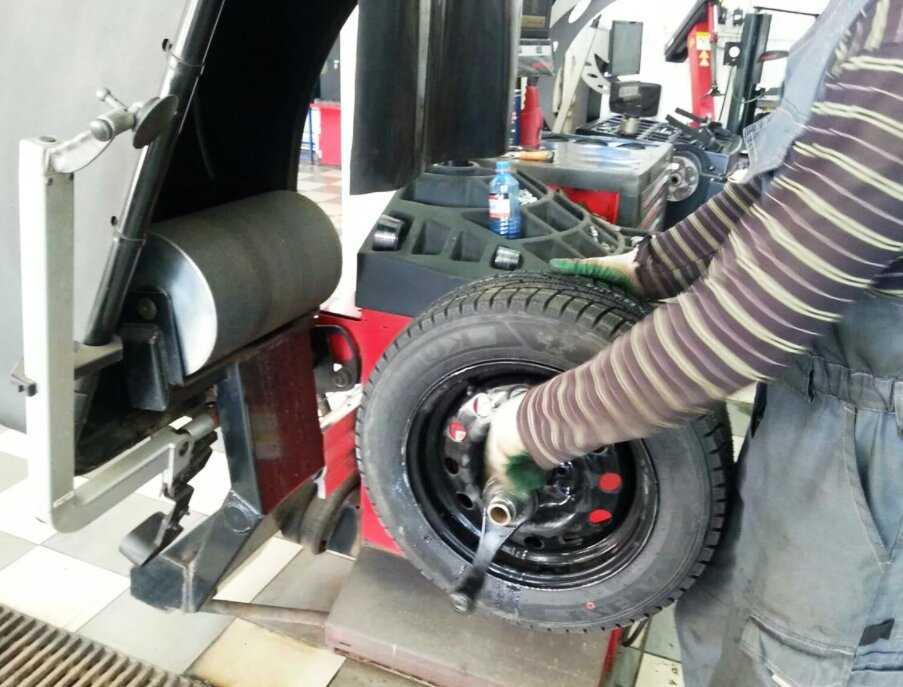 Although this type does not at all serve as a substitute for stationary balancing, and before the finishing procedure, the disk of a racing car must be processed on a stationary stand.
Although this type does not at all serve as a substitute for stationary balancing, and before the finishing procedure, the disk of a racing car must be processed on a stationary stand.
In addition, it is worth noting the existence of another type of balancing - automatic, it is used for small wheels of a truck, motorcycle, bus. The inner part of the disk is covered with special granules. When driving, these substances stick to the inside of the tire. This is how automatic balancing works.
There is a separate category of cars without a center hole. Balancing in this case is carried out along the bolt holes. This uses a flange adapter.
Many people ask when and how often to balance cars and motorcycles. Based on personal experience, we recommend that you do the procedure:
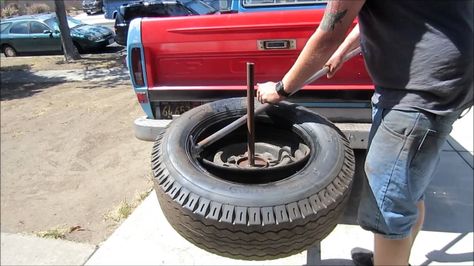
To see if your car needs or can't be balanced, jack it up and spin the wheel. This does not require special training, even a beginner can handle this procedure. As soon as the disc stops, mark the bottom point with chalk. Do this experiment many more times. If it turns out that the marks are scattered randomly, everything is in order with your wheel. But if such points are concentrated in one or more areas, it's time for you to think about tire fitting.
For balancing, a professional stand and a computer are used, which helps to determine the place of fixation of the weight. The weight is selected based on the type of disk. Often it is created from steel, lead or zinc. When choosing the weight of the weight, the degree of imbalance is taken into account. It varies from five to sixty grams. If you need a weight larger than what you have, then pay attention to the dimensions of the disk, and whether it was assembled correctly.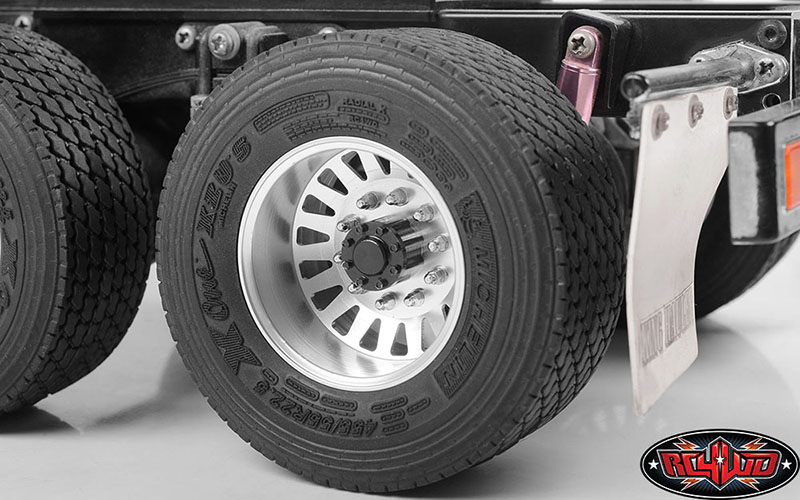 Often this applies to large cars, in the form of a gazelle. For a stamped disc, stuffed weights are used, they are fixed to the edge of the R16, R15 disc with the help of stuffing, which is why they are called stuffed weights.
Often this applies to large cars, in the form of a gazelle. For a stamped disc, stuffed weights are used, they are fixed to the edge of the R16, R15 disc with the help of stuffing, which is why they are called stuffed weights.
Velcro fasteners are often used, which are attached from the inside of the disc. They are almost invisible on the front side of the disc and do not spoil its appearance. You might think that if you buy such weights, they will not be reliable. But this is not so at all. The main thing is that the materials used are correct, of high quality, and there is no dirt on the surface.
Do not ignore the problem, but contact the service center in time. Today you can find many tire shops in Moscow, St. Petersburg, Perm, where for a low price they will help you bring your car back to life. The main thing is not how much the repair costs, but that the master performing such a procedure is highly qualified. Then he will be able to do an excellent job even on old equipment.